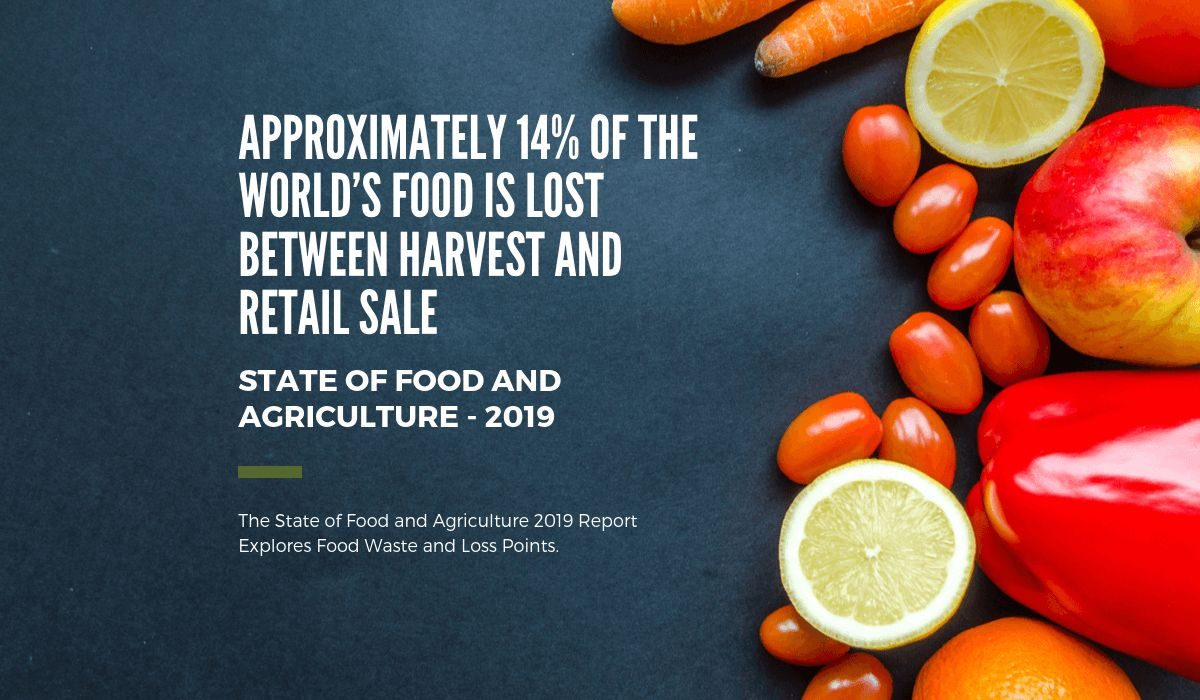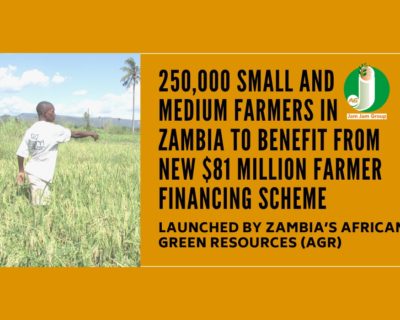
Approximately 14% of the world’s food is lost between harvest and retail sale- ‘State of Food and Agriculture’ (SOFA) report 2019
The State of Food and Agriculture 2019 Report Explores Food Waste and Loss Points
Approximately 14% of the world’s food is lost between harvest and retail sale, according to the 2019 ‘State of Food and Agriculture’ (SOFA) report. A flagship report of the Food and Agriculture Organization of the UN (FAO), the SOFA provides the latest estimates of food loss and waste, and lays out the costs and benefits of addressing problems from source to shelf.
SOFA 2019 identifies “critical loss points” across the food supply chain, explained as points where food losses have the highest magnitude, the greatest impact on food security, and the largest economic dimensions. It finds that harvesting is the most frequently identified critical loss point for all types of food. Inadequate storage facilities and poor handling practices are also main causes of on-farm storage losses. For fruits, roots and tubers, packaging and transportation also appear to be critical. Critical loss points can inform measures to reduce both loss and waste.
With regard to food waste, the publication underscores the importance of reducing the wastage linked to limited shelf life and consumer behavior, such as demanding food products that meet aesthetic standards and limited incentives to avoid food waste. It notes that losses and waste are generally higher for fruits and vegetables than for cereals and pulses at all stages in the food supply chain, with the exception of on-farm losses and those during transportation in Eastern and South-Eastern Asia.
On loss, the report finds that in lower-income countries, fresh fruit and vegetable loss is attributed to poor infrastructure more than in industrialized countries. For instance, many lower-income countries lose large amounts of food due to poor storage facilities, like warehouses without refrigeration. In the case of high-income countries, even though they possess adequate storage facilities, losses occur during storage largely because of a technical breakdown, poor management of temperature, humidity or overstocking.
Overall, the SOFA’s findings are meant to help governments analyze constraints and trade-offs for more efficient food loss and waste interventions. The publication emphasizes that the linkages between food loss and waste and the sustainability of food systems are complex and context-dependent. It recommends that they be well understood in order to formulate effective policies aimed at addressing environmental concerns through food loss or waste reduction.
For example, improving the resource use efficiency of food at one stage in the supply chain may depress food prices and thus boost demand at subsequent stages, which can then lead to an increase in overall resource use. The report further advises policymakers to consider that measures to reduce food loss or waste may also negatively impact the environment (e.g. the use of packaging to protect and preserve food may lead to increased levels of plastic pollution, while refrigeration that prevents loss causes GHG emissions).
The publication highlights that reducing food loss and waste generally entails costs, and it recommends that farmers, suppliers and consumers take measures only if the costs outweigh the benefits. The SOFA recommends changing incentives for various stakeholders in the supply chain by identifying options that either increase the net benefits or provide better information on the existing net benefits of action. It also underlines that, without financial help, private actors in developing countries and especially smallholders may not be able to bear the high upfront costs associated with implementing actions that address food loss.
This news has been published in SDG Knowledge Hub news feed without modifications to the text. Only the headline has been changed.







